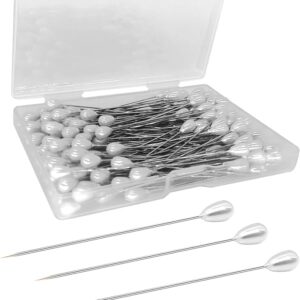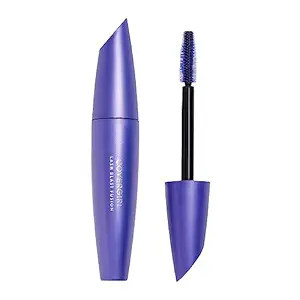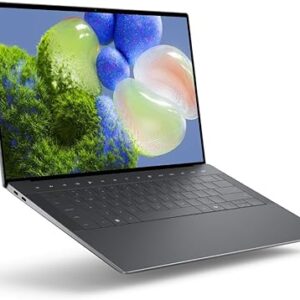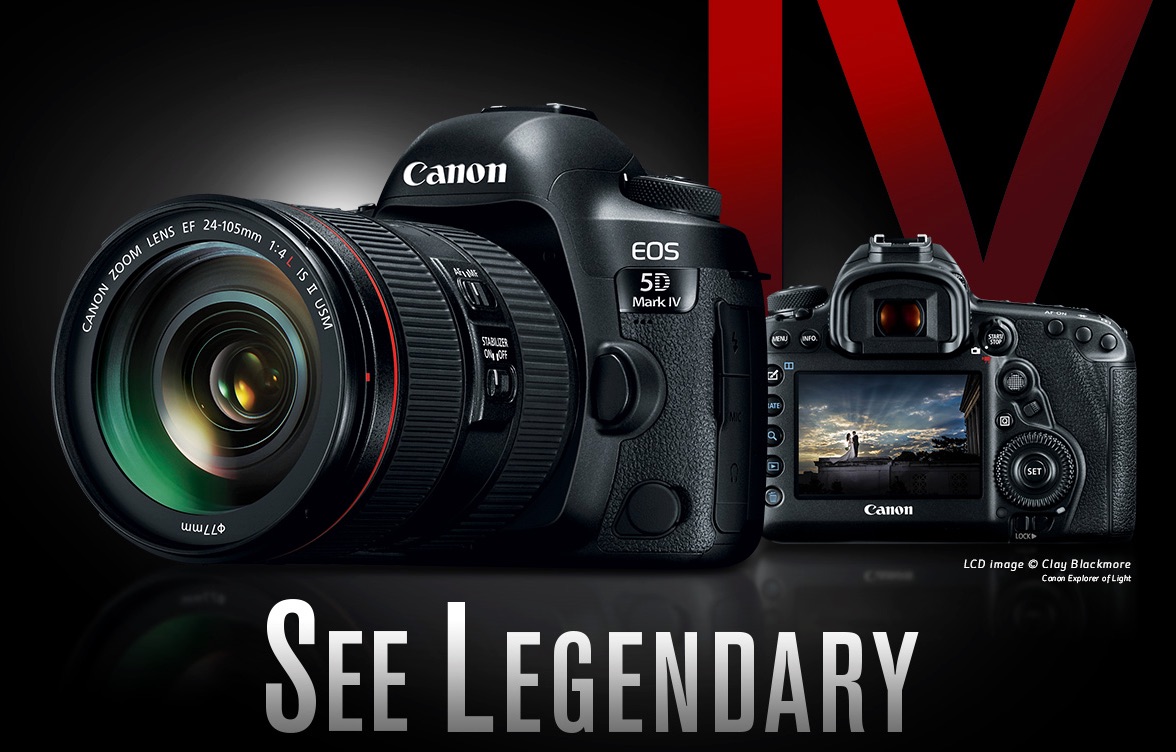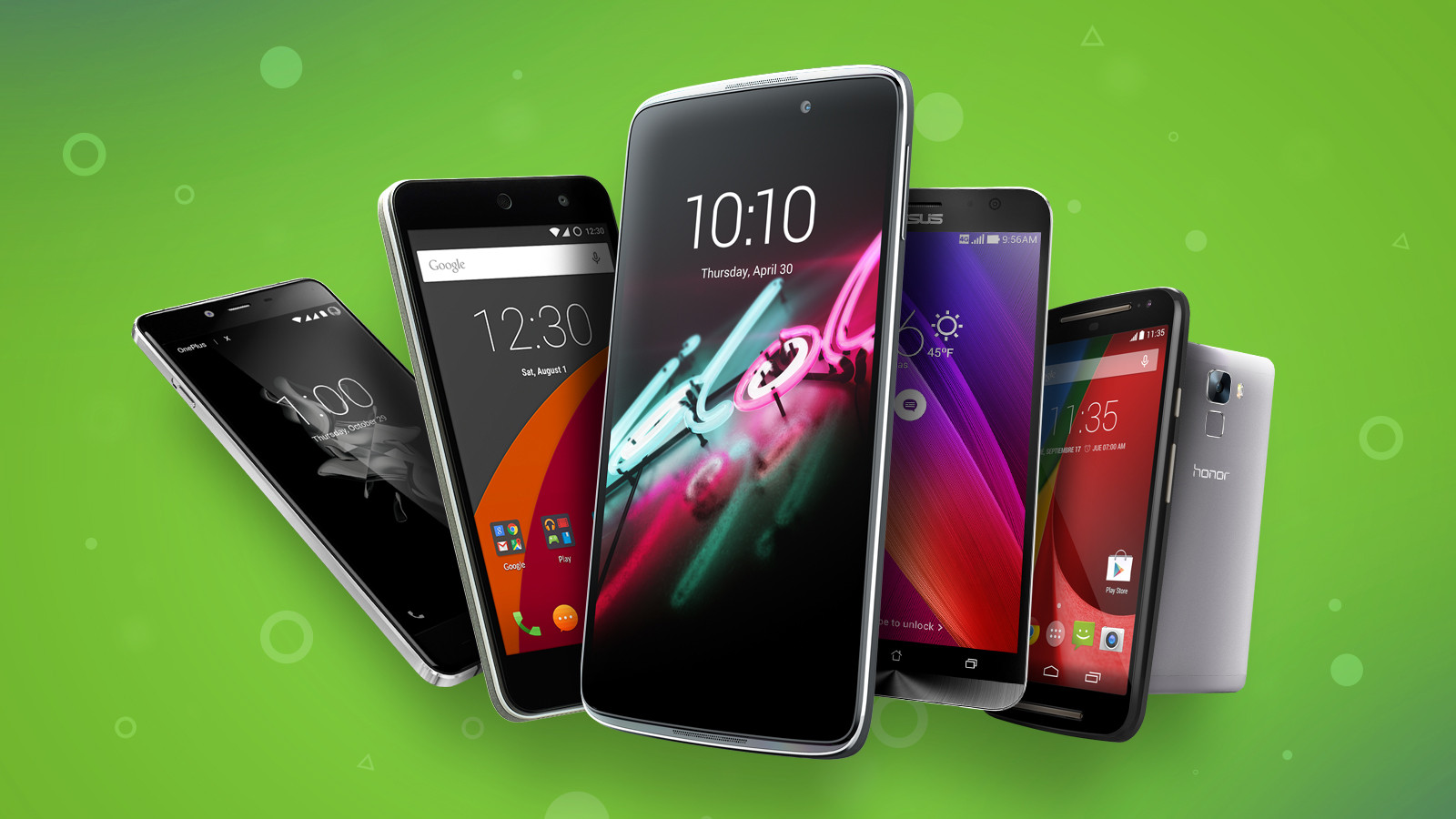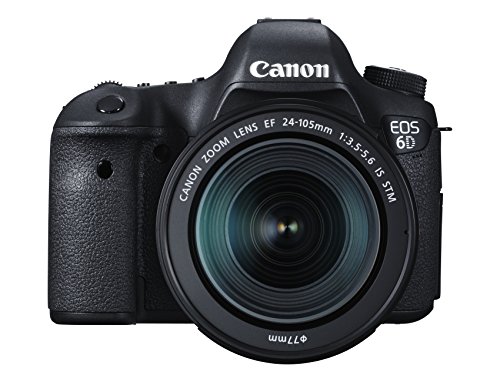Phones
This is example of Custom category text. You can add also additional elements like Attribute Links (using Taxonomy directory shortcode from shortcode generator). You can also use images, html, text
Showing 1–12 of 40 results

Datacolor Spyder Print – Advanced Data Analysis and Calibration Tool for Optimal Print Results, Perfect for Photographers, Graphic Designers, and Printing Professionals
Latest Phone news
Device type
– Phone. In this case, we mean classic phones, which are the simplest kind of “mobile phones”. Their key difference from smartphones is the lack of a full-fledged operating system (see below) and, accordingly, very limited possibilities for installing additional applications: at best, solutions for the universal Java platform are supported, and at worst new applications are not available at all. Most phones are equipped with a hardware keyboard (digital or QWERTY, see “Data entry”), and touch screens (see “Basic display”) are very rare among them. In general, despite the presence (and often – and the abundance) of additional functions, the initial appointment of phones is still calls and SMS.
– Smartphone. This category includes mobile devices equipped with their own operating system. In addition, almost mandatory elements of the equipment for a modern smartphone are touch screen, Wi-Fi, Bluetooth (see “Communications”) and GPS (see below). Due to all this, these models are, in fact, no longer phones, but real handheld computers with extremely wide functionality that you can customize at your discretion by installing and removing additional applications.
Communication standards
Communication standards supported by the mobile phone. In today’s world, several standards are widely used, referring to different generations and to varying extents both around the world as a whole and within individual countries.
– GSM. The second generation communication standard that supports voice calls, as well as GPRS and EDGE data transfer technologies (see “Communications”). It is considered obsolete, actively replaced by more advanced technologies of 3G and 4G. Therefore, in modern mobile phones, only GSM support is characteristic for the most inexpensive models, extremely simple, even by the standards of the budget class.
– 3G. The very designation 3G is deciphered as the “third generation”, and it includes several separate communication standards. However, in this case we are talking about mobile phone support for UMTS / WCDMA networks (not to be confused with CDMA, see below). The UMTS standard is the successor to GSM, such a network can be deployed on the basis of the existing GSM technical base, and the maximum data transfer rate varies from 2 to 70 Mb / s, depending on the supported technologies and the phone supported by the network and phone. This speed is sufficient not only for voice, but also for video communication; In fact, some 3G phones were promoted as “devices for video calling”. In different countries of the world, 3G networks developed unevenly, so this coverage is far from everywhere at the moment; this should be taken into account by those who intend to …
SIM card operation mode
The way the phone works, which has several slots for SIM-cards (see above), with the “Symbols” installed.
– Alternating. Phones with this mode of operation are equipped with one radio module. In the standby mode (ie when no calls, messages, etc. are received to the phone), all SIM cards are “on the network”, and a call and a message can come to either of them, but during a call one of the the remaining cards become inactive, and you can not receive a call or message on them. Initially, this option was considered a prerogative of relatively inexpensive “two-symbol”, but later it turned out that in most cases it is quite enough. Therefore, the vast majority of modern devices that have more than one SIM card slot (including premium models) use this mode of operation.
– Simultaneous. Phones with a simultaneous mode of operation are equipped with several radio modules – by the number of slots for SIM-cards. Thus, when one SIM is active, they remain active and can receive calls and / or messages in parallel. This mode is more convenient than the above-described alternate, but in practice the need for simultaneous operation of all SIMs is very rare (especially in the light of the widespread distribution of missed calls). At the same time, the presence of several radio modules significantly affects the price of the device and increases its power consumption. Therefore for today yes …
SIM card type
A type of SIM card used in a mobile phone. In this case, the term SIM means all kinds of similar ID cards, including. for 3G, CDMA and 4G networks; differing in the “filling”, within each of the types described below they have the same dimensions and features of the chip.
– mini-SIM. Some time ago, this type of cards was the most common and was used in all classes of mobile phones – from budget “handsets for calls” to advanced smartphones. However, recently in smartphones it is increasingly being replaced by more advanced mini-SIM, and in the top segment – nano-SIM. This type of card has a size of 25×15 mm, in common parlance it is often referred to as “ordinary SIM-ka”; and in our directory for phones operating under mini-SIM, the parameter “SIM-card type” is not specified at all.
– micro-SIM. Development of mini-SIM format; except for those reduced to 15×12 mm in size, differs somewhat in extended functionality and a large amount of internal memory. Was presented to the public in 2010, along with the iPad tablet and iPhone 4 smartphone; Originally it was mainly used in top-end devices, but now it is increasingly found in smartphones of medium and even budgetary level. Note that the electronic chip itself has the same dimensions as the mini-SIM, and is backward compatible with this standard, so that the micro-SIM card can be manufactured by simply trimming the mini-SIM to the desired dimensions. One …
Type of shell
– Monoblock. A body that does not have moving segments and is an integral structure. It is one of the most suitable options for models with a touch screen and the most popular in general – monoblocks are simple, reliable and well combined with almost all functions of modern mobile phones.

